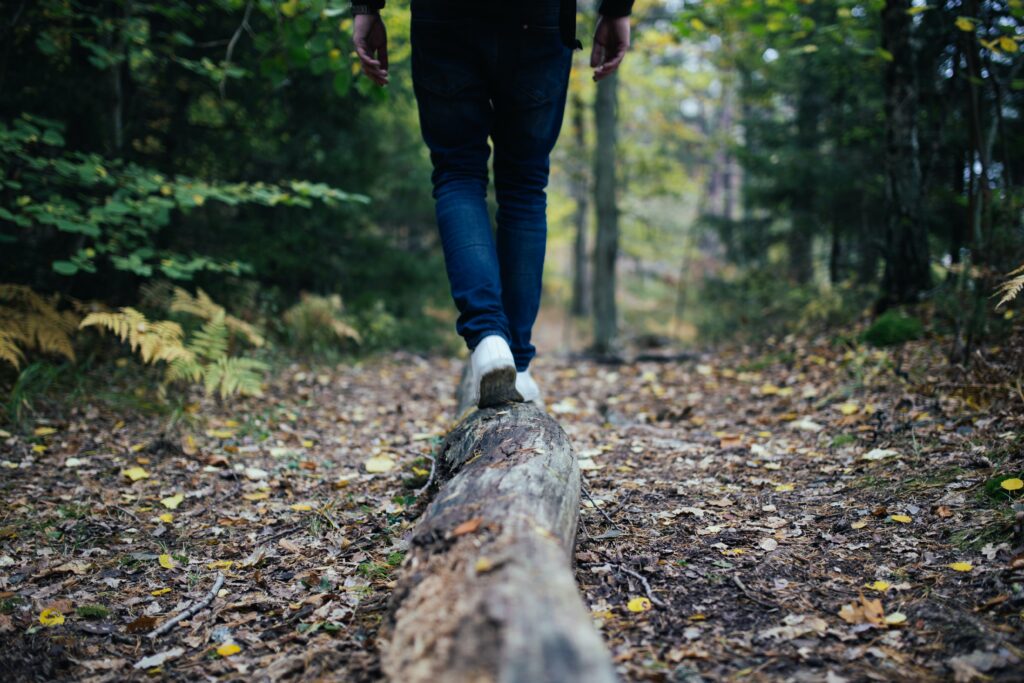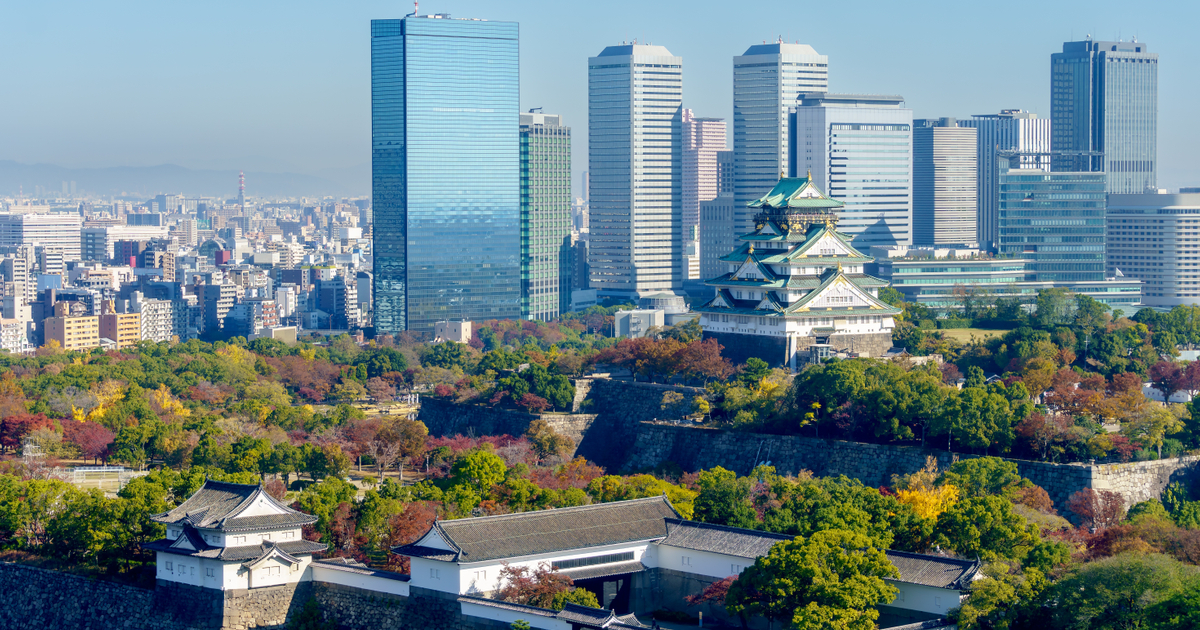Living Ultralight: Minimalism in the Wilderness and at Home
My husband and I are avid day hikers who started ultralight backpacking this year. Our minimalist lifestyle at home allowed for a smooth transition into multi-day backcountry hiking trips. Carrying only the essentials keeps our pack weights low so...


My husband and I are avid day hikers who started ultralight backpacking this year.
Our minimalist lifestyle at home allowed for a smooth transition into multi-day backcountry hiking trips. Carrying only the essentials keeps our pack weights low so we can hike long distances comfortably.
I return from extended treks feeling energized and better prepared to face challenges. For anyone looking to experience those benefits, I’ve found that the process of going ultralight is the same for backpacking as at home.
Here are 5 steps to lighten your load:
1) Start with self-reflection
An ultralight journey begins with introspection. The guiding principle of minimalism is spotlighting what is most important by eliminating underutilized excess. Start by determining what is spotlight-worthy for you.
Before stocking an ultralight backpack or home, brainstorm the activities you enjoy. “Hike your own hike” is popular backpacking advice. It’s a reminder that there are many different paths; choose one that suits your unique goals and interests.
2) Get involved in the community
Learn from a diverse group of experienced backpackers and minimalists through books, magazines, blogs, courses, and videos. Participate in forums to ask questions and share inspiration.
Be a source of encouragement by praising others’ progress.
3) Mindfully acquire necessities
Few material items are necessary for safety and happiness in the wilderness or at home. Once you’ve self-reflected and done some research, you’ll have a better understanding of what gear you’ll need.
For example, camping in bear country might require bear canisters for food storage and a Sierra Nevada hike could call for an ice ax. To save money and environmental resources, consider borrowing or buying used products when appropriate.
Even when you’re only using necessities, be sensible about quantities. It’s a waste of space to bring an entire roll of toilet paper on a weekend excursion. A reasonable amount of backstock makes sense at home, but you probably don’t need 20 tubes of toothpaste in your medicine cabinet or 40 pairs of socks in your closet.
4) Practice contentment
Adjust your standards so you’re satisfied owning only your spotlight-worthy essentials. Once you have them, practice contentment by opting out of the upgrade cycle.
Unsubscribing from store mailing lists helps reduce the temptation of the latest and greatest. Abstaining from social media makes it easier to stop comparing your possessions to others’.
5) Declutter as needed
Reevaluate your inventory periodically or whenever your interests change. Pass along products that no longer meet your needs but could benefit someone else. Living ultralight is a lifelong journey.
Clutter is distracting in any location but overloaded backpacks have physical consequences as well. Minimalism is especially rewarding when it takes literal weight off your shoulders!
Whether camping in the backcountry or spending a relaxing day at home, it’s freeing to have everything you need and nothing more.
About the Author: Leslie Watson is an eco-minimalist from the West Coast, USA where she works as an elementary school teaching assistant. Her articles about voluntary simplicity and environmental sustainability have been featured on Becoming Minimalist, Minimalism Life, No Sidebar, and Zero Waste California. She enjoys spending her free time outdoors. You can find more of her writing here.

 Astrong
Astrong 
































